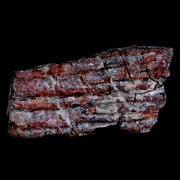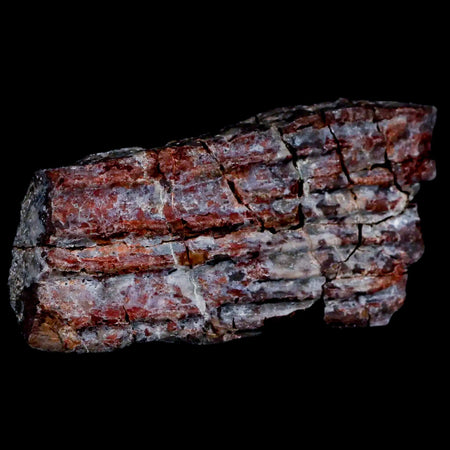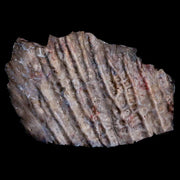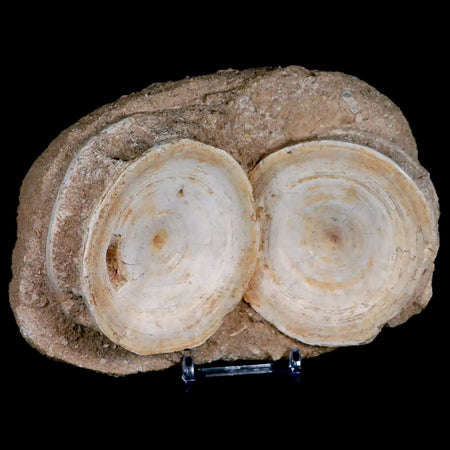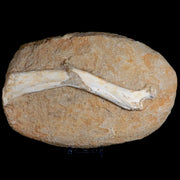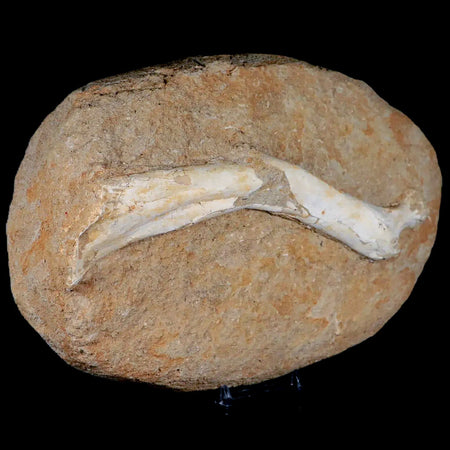12.1" Mosasaur Tethysaurus Fossils In Situ Ribs, Vertebrae Cretaceous Dinosaur Era COA
Location: Asfla, Goulmima, Morocco
Weight: 4 Pounds 15.3 Ounces
Dimensions: 12.1 Inches Long, 6.5 Inches Wide, 2.2 Inches Thick (Matrix)
Comes with a Certificate of Authenticity.
Comes with a Free Stand.
The item pictured is the one you will receive.
This is a genuine fossil.
85 - 66 Million Years old, Early Campanian, Maastrichtian Epoch.
Mosasaur Tethysaurus is a genus of marine reptiles that lived during the Late Cretaceous period, approximately 70-66 million years ago. It belongs to the family Mosasauridae, which includes a diverse group of large aquatic reptiles known as mosasaurs. Mosasaurs were highly adapted for life in the ocean and were apex predators of their time.
Tethysaurus was first described in 1999 based on fossil remains found in the Maastrichtian-aged phosphates of Morocco. The holotype specimen consists of a partial skull and mandible, as well as some postcranial elements. Additional specimens have been discovered since then, providing further insights into the anatomy and biology of this mosasaur.
The name Tethysaurus is derived from “Tethys,” an ancient ocean that existed during the Mesozoic era, and “saurus,” meaning lizard. This name reflects the marine habitat and reptilian nature of this genus. The specific epithet, Tethysaurus nopcsai, honors Franz Nopcsa, a renowned paleontologist who made significant contributions to the study of mosasaurs.
Tethysaurus was a relatively small mosasaur compared to some of its larger relatives. It measured around 3-4 meters (10-13 feet) in length, making it comparable in size to modern-day dolphins. Its body was streamlined and well-adapted for swimming, with powerful flippers and a long tail that provided propulsion in the water.

Please be aware of the nature of fossils:
Being buried under the ground for millions of years under tons of pressure tends to be rough. No fossil comes out of the ground whole and perfect. Most fossils have undergone some restoration, while others are altered by man simply to enhance their presentation in different ways. The workers in Morocco do a very professional job, of unearthing and preserving these natural treasures, however, commonly natural cracks are visible on the surface. These are part of the natural beauty of the fossil and are not considered defects.












